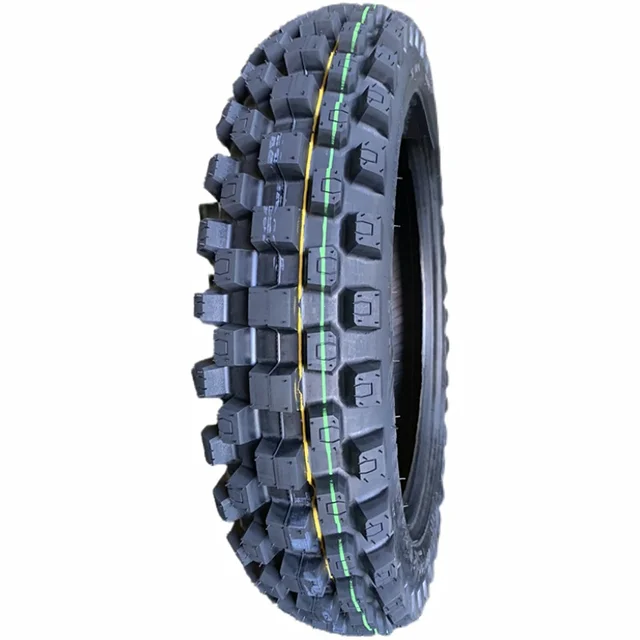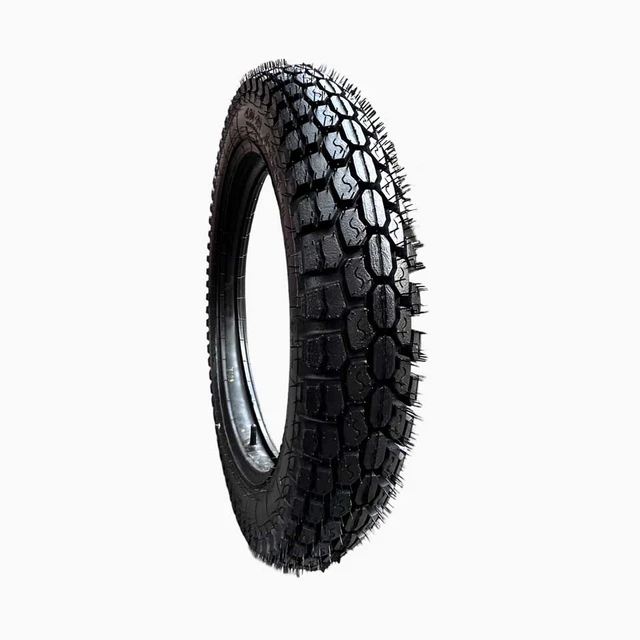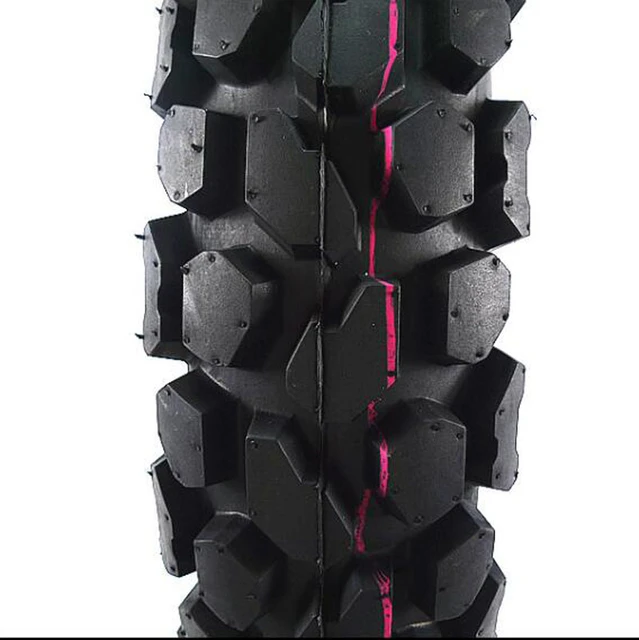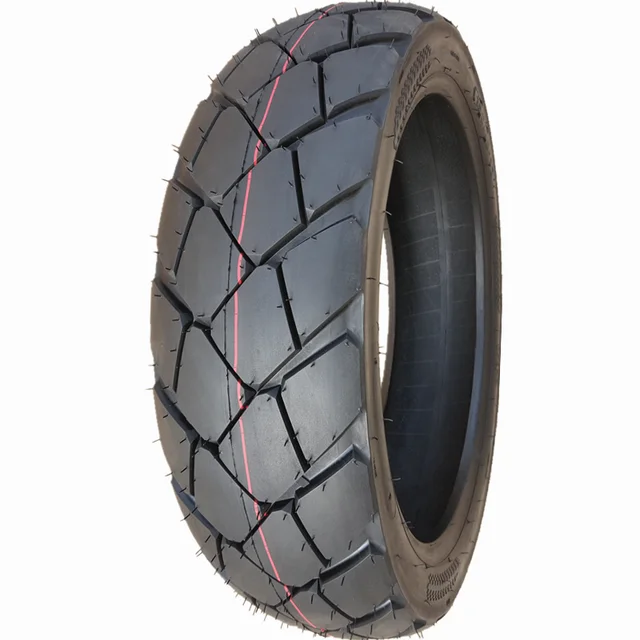Introduction:
Understanding the numbers and markings on motorcycle tires is crucial for selecting the right tires for your bike, ensuring safety, and optimizing performance. These numbers provide vital information about size, load capacity, speed rating, and more. This comprehensive guide explains how to read and interpret motorcycle tire numbers, enabling you to make informed decisions when purchasing tires.

Motorcycle Tire Number Meaning:
How Do You Ensure Safety?
Tire Size Markings:
What Do the Numbers and Letters on a Motorcycle Tire Indicate?
Motorcycle tires feature a series of numbers and letters indicating their size, capability, and performance characteristics. Understanding these markings helps ensure you choose the correct tire for your bike.
Basic Tire Size Formula:
Breaking Down the Code:
Example Code: A typical motorcycle tire code might look like 180/55ZR17 M/C (73W). Each segment of this code provides specific information about the tire’s dimensions and capabilities.
Width (180): The first number in the code (180) represents the tire’s width in millimeters, measured from sidewall to sidewall. Wider tires generally offer better grip and stability, particularly in corners.
Aspect Ratio (55): The second number (55) is the aspect ratio, expressed as a percentage. It’s the ratio of the tire’s height (from bead to tread) to its width. In this example, the tire’s height is 55% of its width. Lower aspect ratios, like 55, typically indicate sportier tires capable of better cornering performance.
Speed Rating and Type (ZR): The letters following the aspect ratio indicate the tire’s speed rating and type. “Z” is a common speed rating for high-performance tires, while “R” signifies that the tire is of radial construction. Radial tires typically offer better heat dissipation and ride comfort compared to bias-ply tires.

Rim Diameter (17): The number following the speed rating (17) indicates the diameter of the wheel rim in inches. This measurement ensures that the tire fits the wheel correctly.
Motorcycle (M/C): The abbreviation “M/C” indicates that the tire is specifically designed for motorcycles. This designation ensures compatibility with motorcycle wheel specifications.
Load and Speed Index (73W):
Detailed Performance Specs:
Load Index (73): The load index number (73) corresponds to the tire’s load-carrying capacity. Each index number has a corresponding load capacity in kilograms. For instance, a load index of 73 means the tire can support up to 365 kg (804 lbs). It’s important to choose a tire with an appropriate load index to match your bike’s requirements.
Speed Rating (W): The speed rating letter (W) indicates the maximum speed at which the tire can safely operate under its maximum load. In this case, a “W” rating means the tire can handle speeds up to 270 km/h (168 mph). Ensure the speed rating matches your riding style and typical speeds.
Types and Construction:
How do Different Tire Constructions Affect Performance?
Understanding the construction and type of motorcycle tires helps you choose the right tire for your riding conditions and style.
Radial vs. Bias-Ply:
Comparing Constructions:
Radial Tires: Radial tires feature layers of ply cords extending radially from the center of the tire. This construction allows for better heat dissipation, a smoother ride, and longer tread life. Radial tires are preferred for high-performance and touring motorcycles.
Bias-Ply Tires: Bias-ply tires have layers of ply cords crisscrossing diagonally, forming a sturdier structure. While they typically provide a stiffer ride and shorter tread life than radial tires, they can be more suitable for heavy-duty or off-road bikes due to their durability.

Tubeless vs. Tube-Type:
Internal Structure:
Tubeless Tires: Tubeless tires are designed without an inner tube. The air is held between the tire and the wheel rim, which is sealed to maintain air pressure. These tires often offer better heat distribution and are less prone to sudden deflation. They require a perfectly sealed rim surface to prevent leaks.
Tube-Type Tires: These tires use an inner tube to hold air within the tire. While they can be easier to repair in certain situations, they are generally heavier and can experience more rapid deflation if punctured. Tube-type tires are still common in off-road and classic bikes.
Tread Patterns:
How Do Different Tread Designs Impact Performance and Riding Conditions?
The tread pattern on a motorcycle tire affects traction, handling, and overall ride quality. Different designs are optimized for various riding conditions.
Performance Treads:
For High-Speed Stability:
Sport Tires: Sport tires have a slick or semi-slick tread pattern, maximizing the contact patch for better traction and handling at high speeds. They are ideal for sportbikes and high-performance motorcycles used on paved roads and racetracks.
Touring Tires: Touring tires feature a more pronounced tread pattern designed for long-distance rides. They offer a good balance between traction, durability, and comfort, making them suitable for road use in various weather conditions.
Off-Road Treads:
Optimal Off-Road Traction:
Knobby Tires: Knobby tires have large, spaced-out lugs that dig into loose surfaces like dirt, mud, and gravel. These tires provide excellent traction and stability for off-road adventures, making them ideal for motocross and dirt bikes.
Dual-Sport Tires: These tires are designed for both on-road and off-road use. They feature a hybrid tread pattern that provides a compromise between off-road traction and on-road stability. Dual-sport tires are suitable for adventure and dual-sport motorcycles.
Wet Weather Treads:
Ensuring Safety in Rain:
Rain Tires: Also known as wet tires, these have deep, wide grooves designed to channel water away from the contact patch, reducing the risk of hydroplaning. They provide enhanced grip on wet surfaces and are crucial for riding in rainy conditions.
All-Weather Tires: These tires offer a tread pattern designed to perform well in a variety of weather conditions, including rain and light snow. They provide good overall performance and safety for year-round use.
Date Code:
How Can You Determine the Age of a Motorcycle Tire?
Understanding how to read the date code on a motorcycle tire is important for assessing its age and remaining lifespan.
DOT Code Interpretation:
Finding the Date:
Location: The DOT (Department of Transportation) code is typically found on the sidewall of the tire. It includes a string of letters and numbers that provide manufacturing information.

Reading the Date Code:
Last Four Digits: The last four digits of the DOT code indicate the week and year of manufacture. For example, a code ending in 1219 means the tire was manufactured in the 12th week of 2019.
Assessing Tire Age:
Safety Considerations:
Age Limit: Even if a tire appears to be in good condition, it’s recommended to replace it after 5-6 years from the date of manufacture, as the rubber compounds degrade over time, affecting safety and performance.
Visual Inspection: Perform regular visual inspections for signs of aging, such as cracks, dry rot, or hardening of the rubber. These signs indicate that the tire’s integrity is compromised and requires replacement.

Load and Speed Ratings:
How Do They Affect Tire Selection and Performance?
Selecting tires with appropriate load and speed ratings ensures that your motorcycle performs safely and efficiently.
Understanding Load Ratings:
Capacity Knowledge:
Load Index Values: Each load index number corresponds to a specific load-carrying capacity. For instance, a load index of 73 means the tire can support up to 365 kg (804 lbs). Ensure the load rating matches or exceeds the requirements for your motorcycle, especially if you regularly carry passengers or heavy loads.
Speed Rating Insights:
Matching Riding Style:
Speed Ratings: The speed rating letter indicates the maximum speed the tire can sustain safely under its maximum load capacity. Common ratings include H (up to 210 km/h or 130 mph) and W (up to 270 km/h or 168 mph). Choose a speed rating that aligns with your typical riding speeds for safety and performance.
Conclusion
Decoding motorcycle tire numbers and understanding the related markings is essential for selecting the right tires, ensuring safety, and optimizing performance. By knowing how to read size, type, tread pattern, load and speed ratings, and date codes, you can make informed decisions that match your riding style and conditions. Regular maintenance, proper installation, and adherence to manufacturer guidelines further ensure that your tires provide reliable performance and safety on the road. Investing time and attention in understanding and maintaining your motorcycle tires pays off in a smoother, safer, and more enjoyable riding experience.
